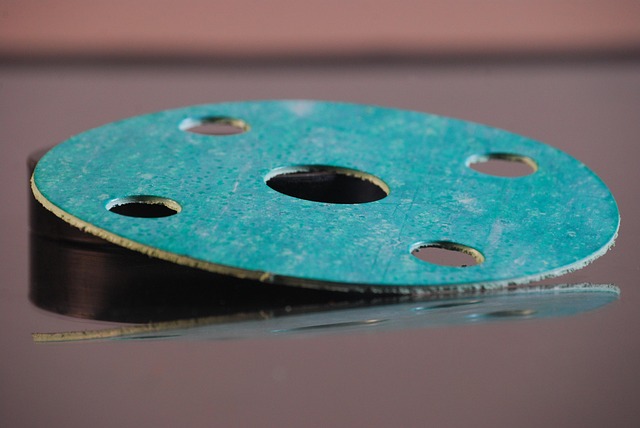Peoria's historical association with asbestos dates back to its industrial heyday, with the mineral's properties fueling a manufacturing boom. Many local buildings contain asbestos-related materials due to former factories producing asbestos products, posing significant health risks for former workers and residents. Understanding and mitigating Peoria's asbestos risks is crucial, especially in older structures like power plants and refineries, to prevent diseases like mesothelioma, asbestosis, and lung cancer. Safety measures such as inspections by certified experts and proper disposal protocols are essential to protect community health.
In Peoria, asbestos has left an indelible mark, woven into the city’s history and landscape. This insidious material, once celebrated for its strength and fire resistance, is now recognized as a significant health hazard. From its historical presence in local industries to common sources of exposure still present today, understanding Peoria’s asbestos story is crucial for public safety. This article delves into the past and present of asbestos in Peoria, highlighting risks, health implications, and essential safety measures for awareness and protection.
- Asbestos in Peoria: Historical Presence and Industry Associations
- Identifying Risks: Common Sources of Exposure in the City
- Health Implications and Safety Measures for Asbestos Awareness
Asbestos in Peoria: Historical Presence and Industry Associations

Asbestos has a long history in Peoria, dating back to its industrial heyday. The city’s vibrant manufacturing sector, particularly in the mid-20th century, relied heavily on asbestos for its insulative and fire-resistant properties. Many buildings, both residential and commercial, were constructed or renovated using asbestos-containing materials, leading to widespread presence of the mineral throughout the city.
Peoria was home to several industries closely tied to asbestos production and use. Local factories manufactured asbestos products, contributing to the region’s exposure risks. The historical association between Peoria and asbestos raises concerns about potential health hazards for former workers and residents. Efforts to understand and mitigate these risks are crucial in addressing the lasting impact of Peoria’s asbestos legacy.
Identifying Risks: Common Sources of Exposure in the City

In Peoria, understanding asbestos exposure risks is paramount due to the city’s historical industrial base. Common sources of asbestos include older buildings constructed before the 1980s, when asbestos was widely used in insulation, flooring, and roofing materials. Even today, some Peoria residents may face risks from living or working in these older structures, putting them in close proximity to potentially hazardous asbestos-containing materials (ACM).
The city’s industrial heritage also includes former manufacturing plants and refineries that historically utilized asbestos products. Workers in these industries, such as those at local factories and power plants, were frequently exposed to high levels of asbestos dust. Today, former employees and residents near these sites may be at increased risk of developing asbestos-related diseases like mesothelioma. Awareness of these common exposure sources is crucial for Peoria residents and healthcare professionals alike to ensure prompt diagnosis and treatment for any potential asbestos-related health issues.
Health Implications and Safety Measures for Asbestos Awareness

In terms of Peoria asbestos, understanding the health implications is paramount for residents and workers alike. Exposure to asbestos fibers can lead to severe respiratory conditions such as mesothelioma, asbestosis, and lung cancer. These diseases often have long latency periods, meaning symptoms may not appear until decades after initial exposure. Given that asbestos was widely used in construction, insulation, and automotive parts before its dangers were fully recognized, many individuals in Peoria may be at risk.
To mitigate these risks, safety measures are crucial for both home owners and professionals. Regular inspections by certified experts can help identify asbestos-containing materials (ACMs). During any renovation or remodeling projects, especially in older homes, it’s essential to follow strict protocols to prevent the release of dangerous fibers. This includes wetting down areas to minimize dust, using appropriate personal protective equipment (PPE), and ensuring proper disposal of contaminated materials according to local Peoria regulations. Such proactive steps are vital for safeguarding the health and well-being of all individuals in the community.
Understanding the historical presence of asbestos in Peoria and its common sources of exposure is crucial for residents to take proactive measures. By identifying risks and implementing safety protocols, the community can mitigate health implications associated with asbestos exposure. Awareness is key; being informed about potential hazards helps folks navigate the challenges posed by this hidden threat. With proper precautions, Peoria can ensure a safer environment, protecting its residents from the dangers of asbestos.
